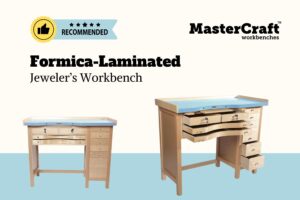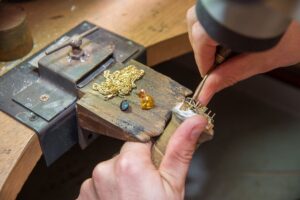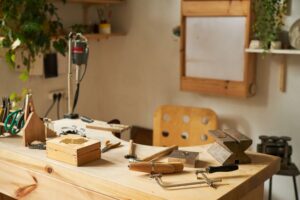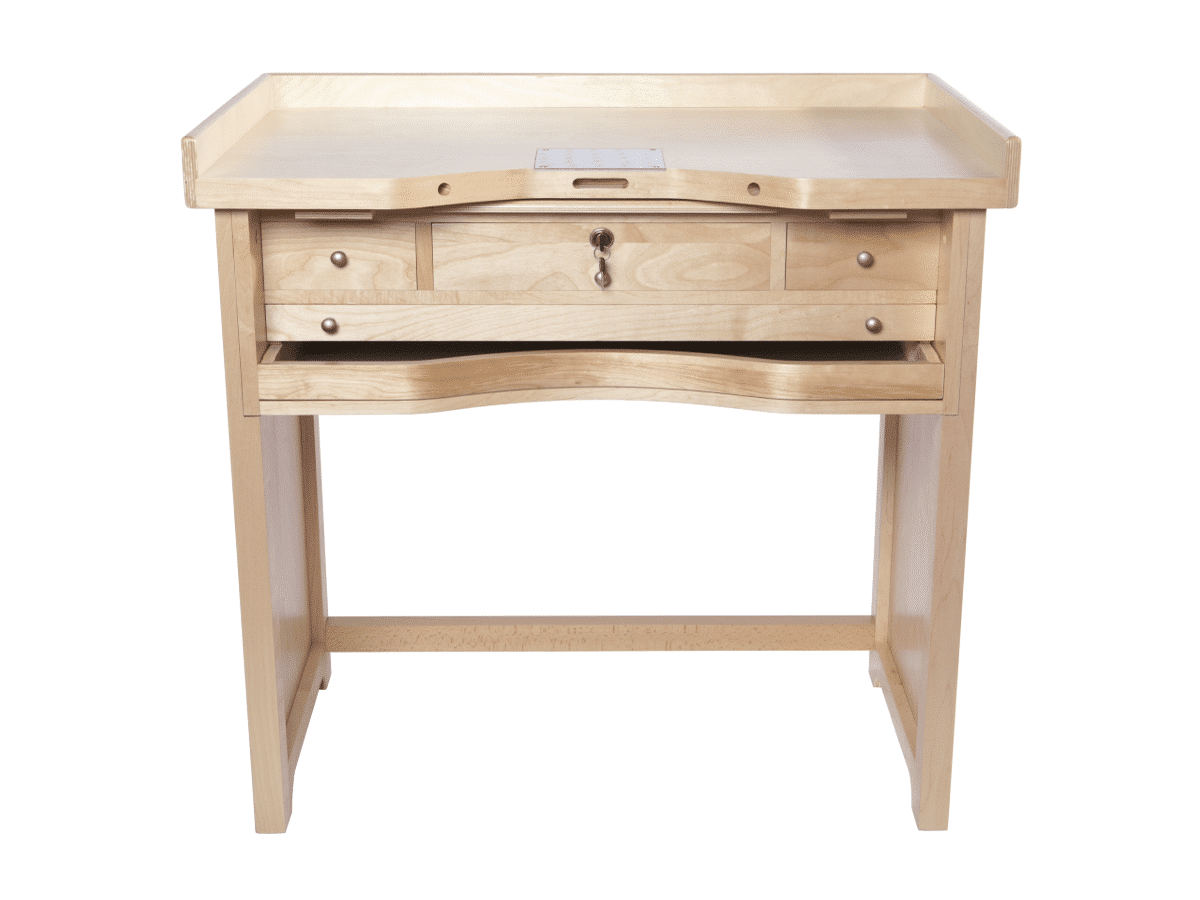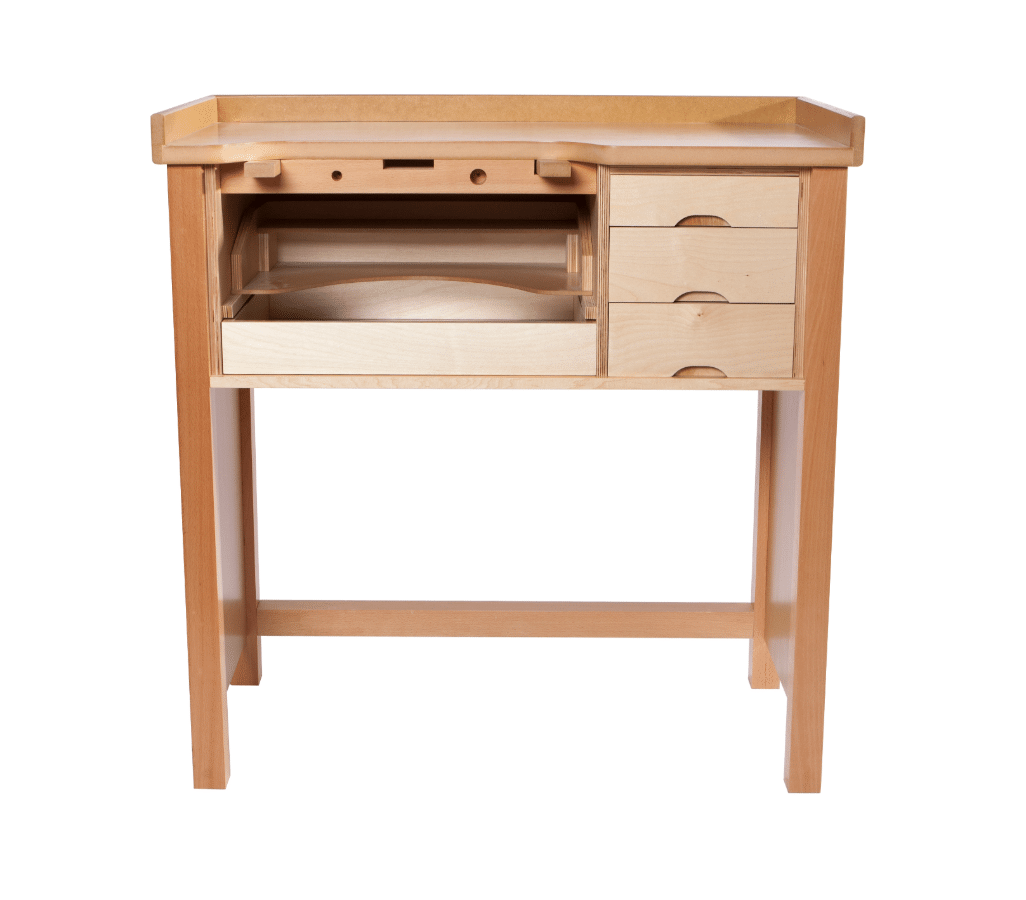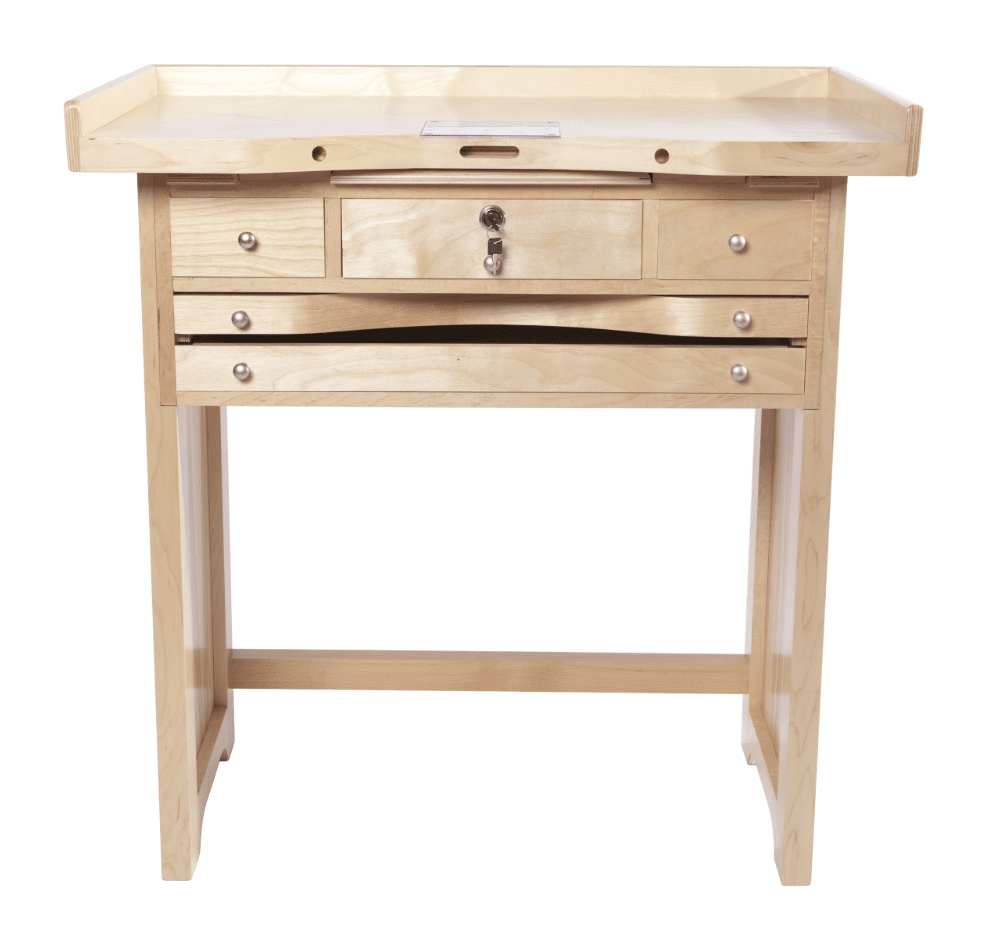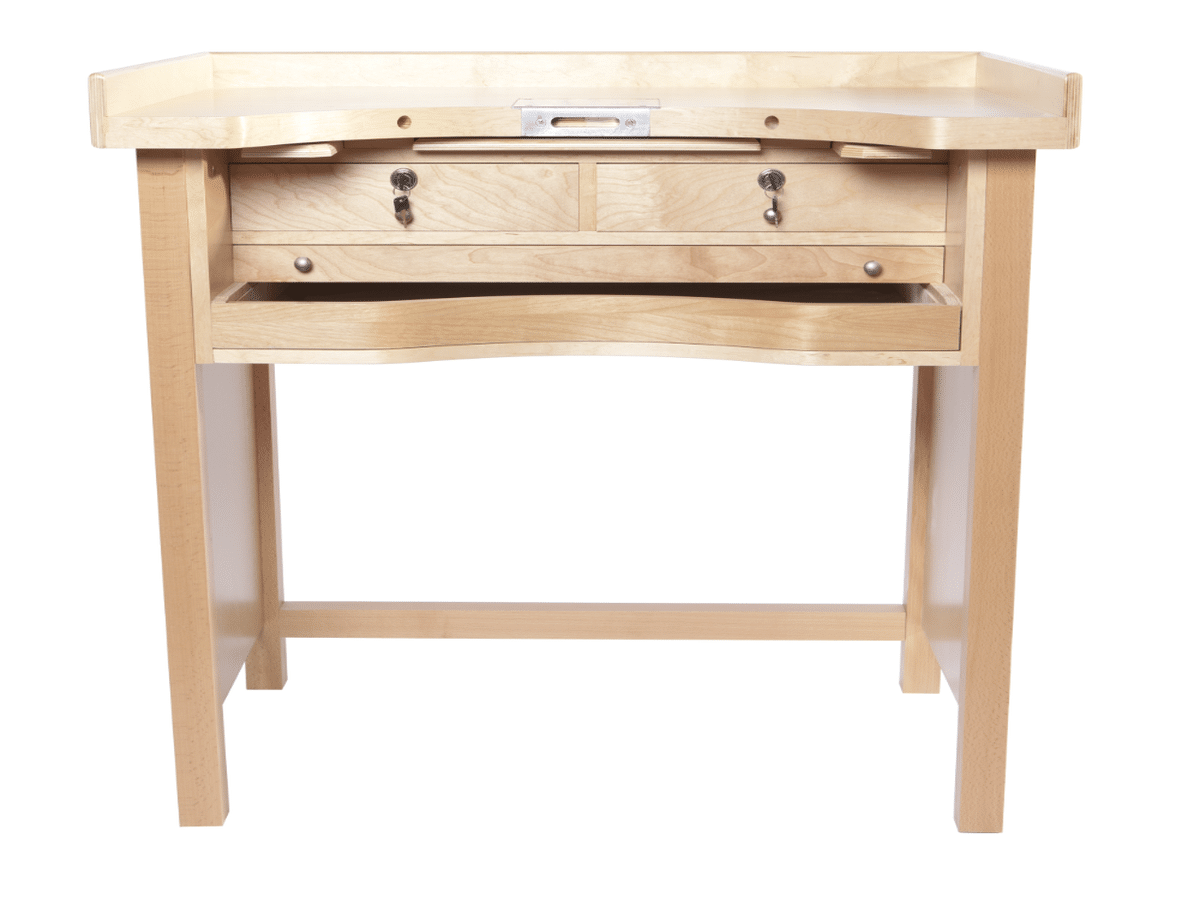As a jeweler, transforming a client’s vision into reality requires a mix of creativity, technical skill, and effective communication. Here’s how you can achieve that:
Active Listening and Discovery
Before diving into design, take the time to deeply understand the client’s personal style, preferences, and the emotions they want the piece to evoke. Whether it’s for a milestone event, a symbolic piece, or just a unique design, active listening is crucial. Ask open-ended questions such as:
- What is the occasion or significance behind the piece?
- Are there any colors, gemstones, or materials you prefer?
- Do you have examples or inspiration from other pieces you admire?
These conversations are key to uncovering deeper insights that may shape the design in unexpected ways.
Sketching and Initial Concepts
Once you have an understanding of the client’s vision, start sketching ideas. Provide two or three variations of potential designs, showing different options for size, setting, and style. Presenting these sketches gives the client a tangible view of the possibilities and opens a conversation about adjustments. This stage is a great opportunity for collaboration and refinement.
Material Consultation
Guide your client through the selection of materials. Whether it’s choosing between gold, platinum, or silver, or selecting gemstones, offer your expert opinion on what would best suit their needs, budget, and design goals. Explain the durability and aesthetic differences between options, and how each element can affect the longevity and look of the final piece.
For instance, a client may love the idea of an emerald ring but might not know how it compares to other stones in terms of durability or maintenance. This is where your expertise shines—by explaining the pros and cons, you’re empowering them to make informed decisions.
Prototyping and 3D Modeling
Some clients might have trouble visualizing the final product from sketches alone. In such cases, offering a prototype or 3D model of the piece can make a huge difference. Many jewelers are now using digital modeling tools to create photorealistic renderings, helping clients see how the finished product will look before it’s crafted. This step allows for precise feedback and adjustments, ensuring you’re aligned on every detail.
Regular Updates and Communication
Jewelry design is an evolving process, and keeping the client involved throughout the stages of production ensures a smooth experience. Whether you’re creating a handmade piece or using advanced machinery, updating the client on key milestones (e.g., casting, stone setting, polishing) helps manage expectations and builds excitement.
Bringing the Vision to Life
As the piece comes together, pay close attention to the smallest details, ensuring it aligns with the client’s expectations and the original design vision. This is where having a reliable workspace is critical. The right tools and work environment are crucial for ensuring precision. For example, a jeweler using a high-quality workbench, like those from MasterCraft Workbenches, can handle delicate adjustments with ease, ensuring the piece matches the client’s vision perfectly.
Final Presentation
The final reveal is often a powerful moment. Present the piece in a way that highlights its craftsmanship and beauty, ensuring the client feels the emotional impact of their unique creation. Make sure the presentation is as carefully thought out as the design process, reinforcing the personal and bespoke nature of the jewelry.
By following these steps, jewelers can turn client ideas into one-of-a-kind pieces that truly resonate. Taking the time to guide them through the process not only results in a satisfied customer but often leads to long-term relationships and word-of-mouth referrals.
Need some inspiration? Check out other blog posts!
Browse Jeweler's Workbenches
Featured
Small Workbenches
Small Workbenches
Small Workbenches


